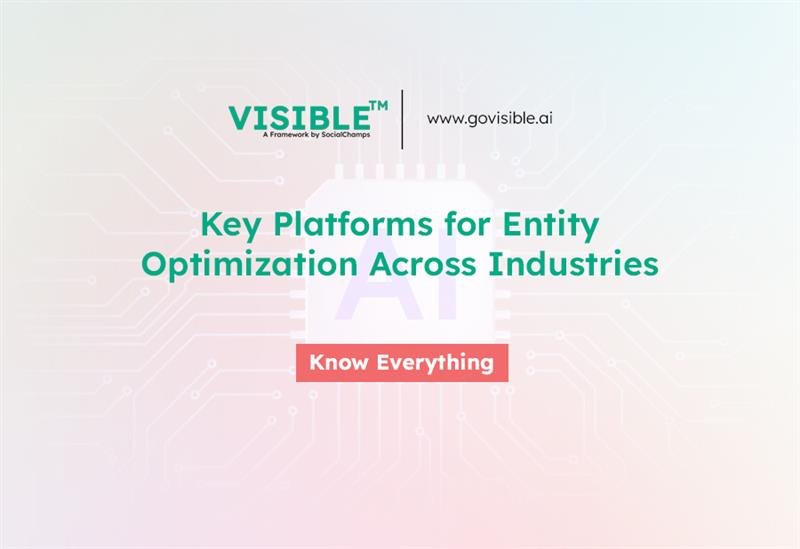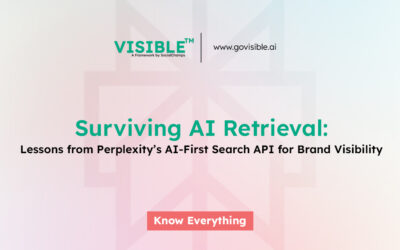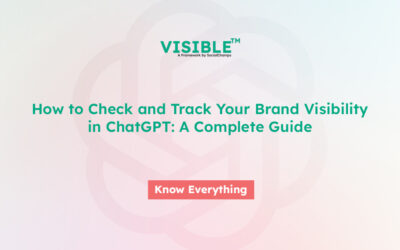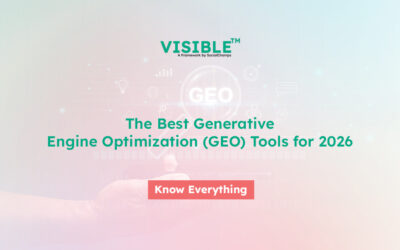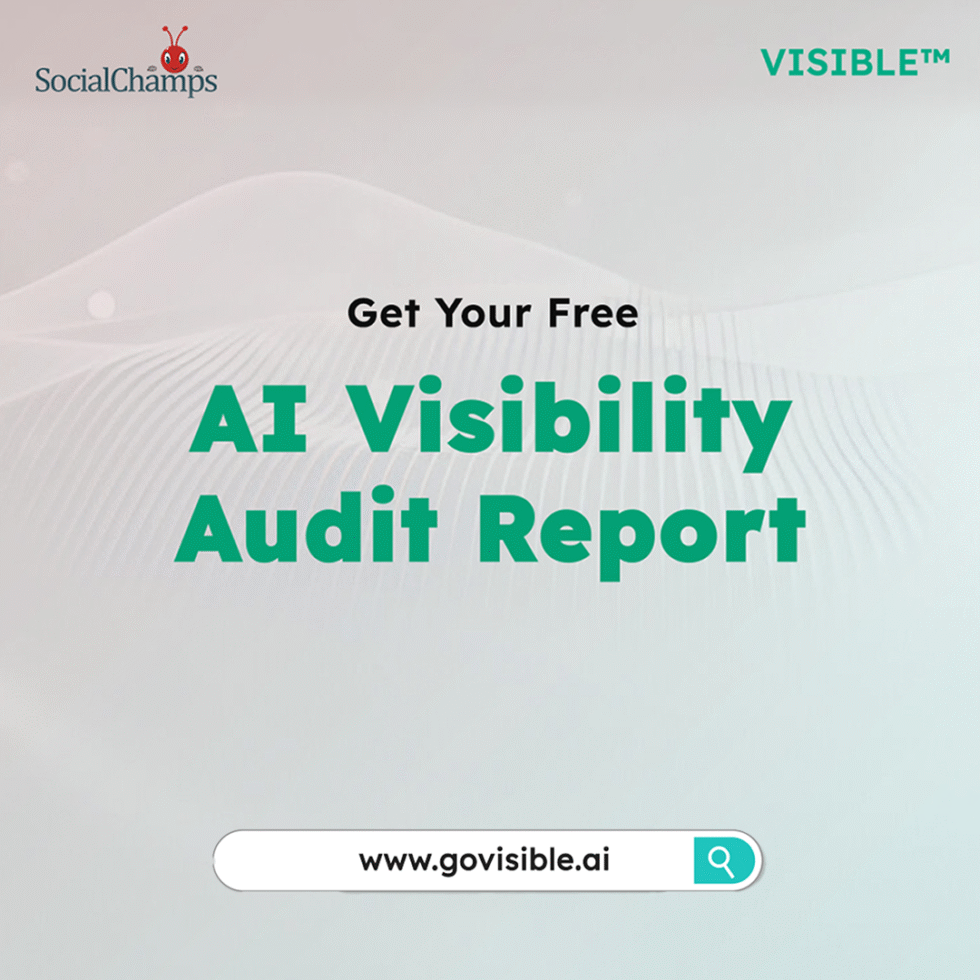Why Entity Optimization Platforms Matter
In the past, search engines primarily relied on backlinks and keyword frequency, the “link graph” to understand content relevance. But AI models, particularly large language models (LLMs), are trained to comprehend context, relationships, and semantics. This has led to the rise of the entity graph, where individual people, organizations, products, and concepts are treated as distinct, interlinked entities.
How LLMs Use Structured and Semi-Structured Sources
AI models aren’t just crawling web pages; they ingest structured and semi-structured data from public knowledge graphs and verified source repositories. This means your brand’s visibility in AI systems is less about website optimization and more about structured presence across high-trust entity platforms.
Entity Optimization: The process of structuring and synchronizing brand data across machine-readable, authoritative platforms to improve visibility and indexing within AI models.
Overview of Key Platforms by Industry
Different sectors rely on distinct sources of entity credibility. Here’s how the most influential platforms break down across domains:
Wikidata — Universal Canonical Backbone
Wikidata remains the universal spine across sectors due to its structured, cross-linked, and LLM-trusted nature.
- Why It Matters: Universally relevant for all entities — startups, public companies, individuals.
- Example: Zapier’s Wikidata entry defines its automations, integrations, and categories in model-friendly language.
Crunchbase — Startup & Tech Ecosystem Signal
Ideal for early-stage and growth-stage companies in tech, SaaS, and venture-backed spaces.
- Industry Fit: SaaS, Fintech, AI, Startups
- Example: Notion’s Crunchbase history, investors, and leadership metadata enhance model understanding.
LinkedIn — Professional Signal Across Sectors
Used universally to understand team structure, talent reputation, and organizational scope.
- Industry Fit: All sectors
- Example: Figma leverages design leaders’ profiles to establish design category dominance in AI systems.
Google Business — Local & SMB Visibility
Crucial for brick-and-mortar, retail, hospitality, and service-driven industries.
- Industry Fit: Local businesses, Restaurants, Clinics, Agencies
- Example: A clinic’s categories, reviews, and NAP (name-address-phone) consistency power Gemini’s location-aware responses.
GitHub — Developer-Led and Technical Brands
Often overlooked outside of tech, but critical for AI-native brands and software vendors.
- Industry Fit: AI, DevTools, Open Source, SaaS
- Example: Hugging Face’s repository anchors its presence in multiple model ingestion stacks.
Why GitHub Is Overlooked in Entity SEO for AI Models
GitHub profiles and repos, when annotated well (README.md, issues, release notes), are powerful signals. Yet they are rarely optimized like LinkedIn or Crunchbase profiles. This is a blind spot we see in 78% of AI-native startups we assess.
Platform-Specific Optimization Tactics
Schema & Linking Best Practices
Ensure that each profile uses schema.org markup or JSON-LD (where supported). Link to your official website, social handles, and other verified profiles.
Claiming, Curating, and Updating Entity Profiles
AI models prioritize recency and consistency. Claim your profiles, curate the data tightly, and update often. Tools like the VISIBLE™ Platform automate update syncing and error flagging.
How These Platforms Influence Model-Based Visibility
What AI Models Actually “See”
LLMs process data differently than search engines. They rely on knowledge retrieval stacks during pretraining or RAG (Retrieval Augmented Generation) to surface facts. Entities that exist across multiple corroborating platforms with consistent metadata are far more likely to be “remembered” by the model.
AI Model Indexing
The process by which a brand or entity is captured into the internal knowledge architecture of an AI model through exposure in its training data.
Fine-Tuning vs Pretraining: Data Relevance Timing
Content added to these platforms before a model’s training cut-off has a much higher chance of being embedded. For real-time agents and fine-tuned models, having fresh, structured data boosts visibility.
Building an Entity Optimization Stack
Platform Syncing & Automated Updates
The VISIBLE™ Platform monitors and syncs brand data across these platforms. With one-click workflows, we ensure your GitHub README aligns with your Crunchbase tags, and your Wikidata mirrors your LinkedIn scope.
API Infrastructure and Monitoring Layer
Our infrastructure offers API-based write-access, profile monitoring, and optimization scoring (Visibility Score). Alerts are triggered when inconsistencies or optimization gaps are detected across your stack.
Want to audit your entity visibility across these platforms? Request a VISIBLE™ Assessment

